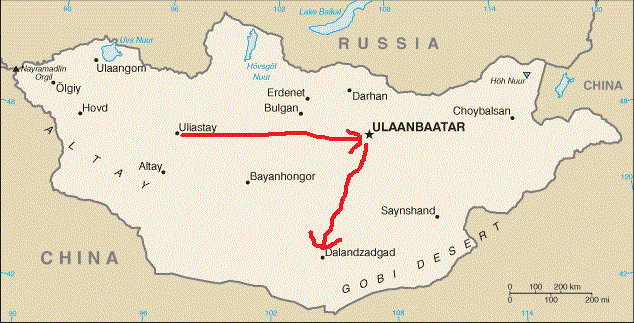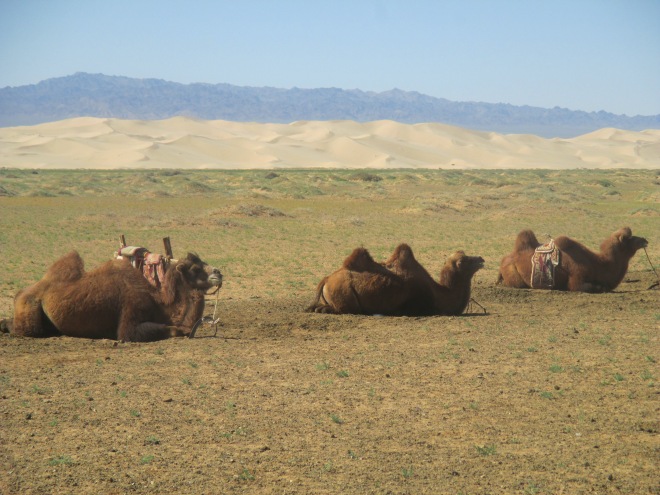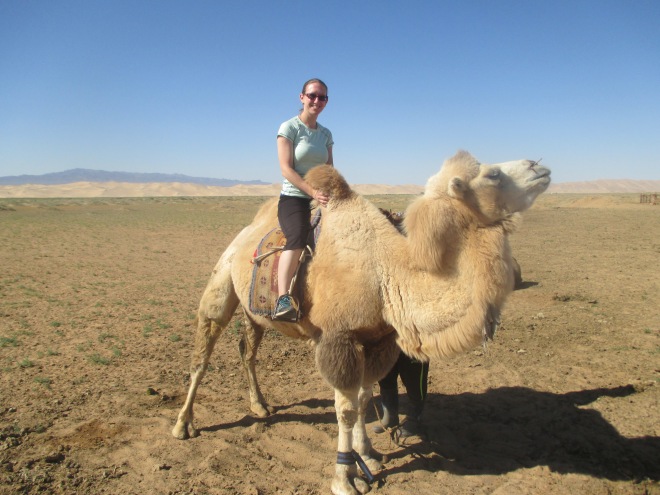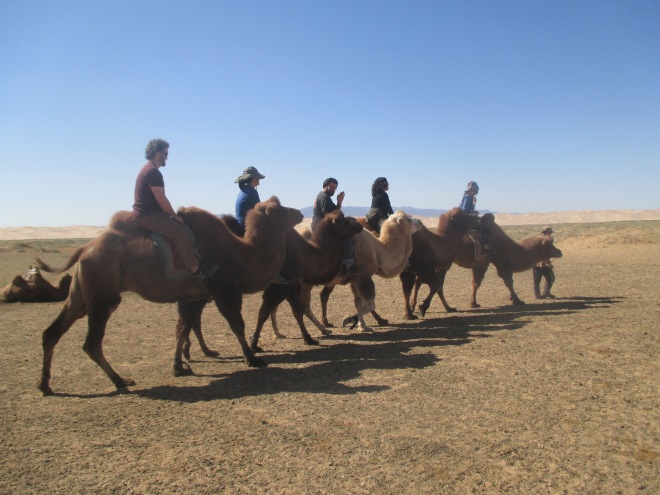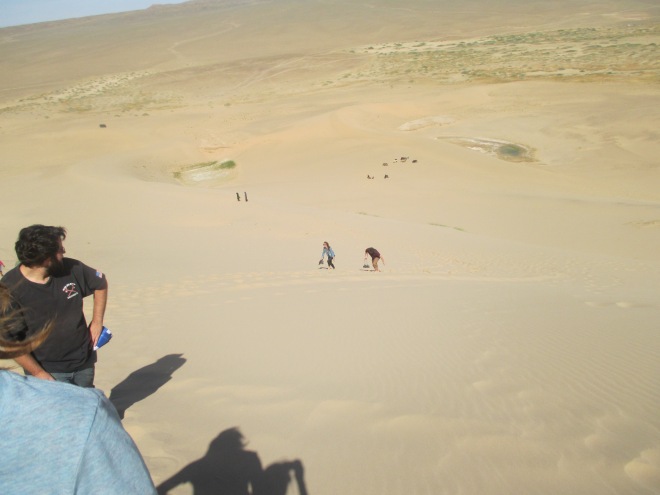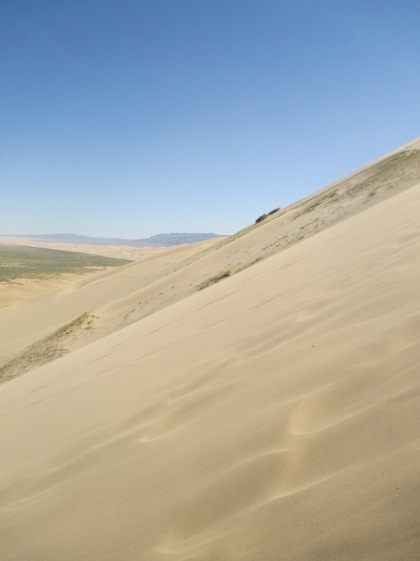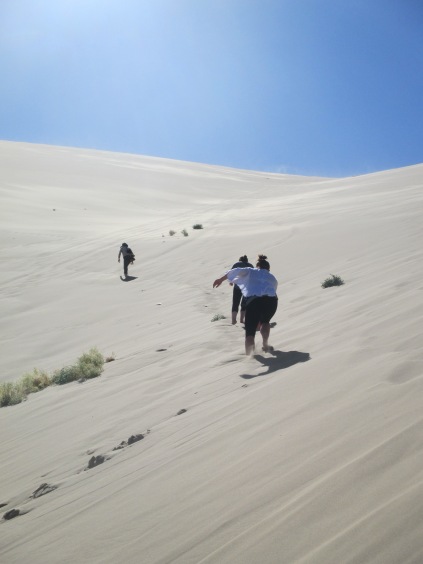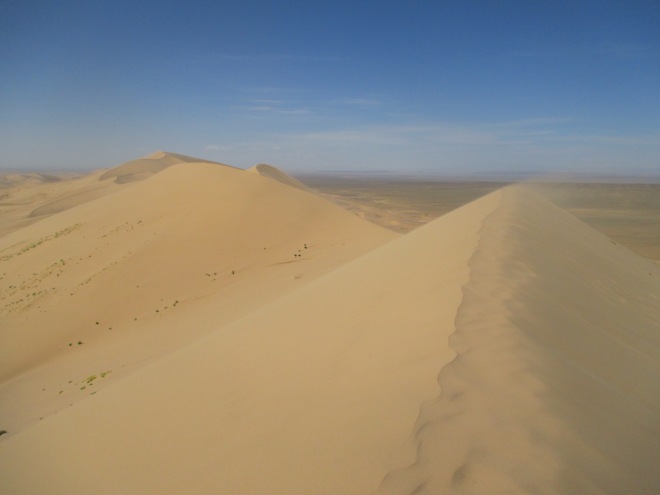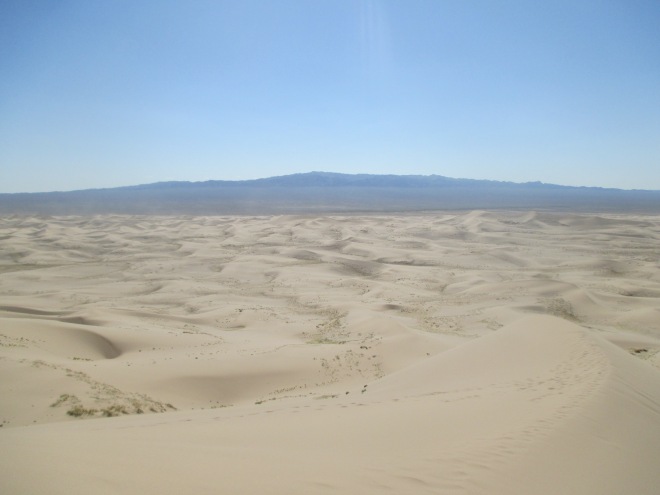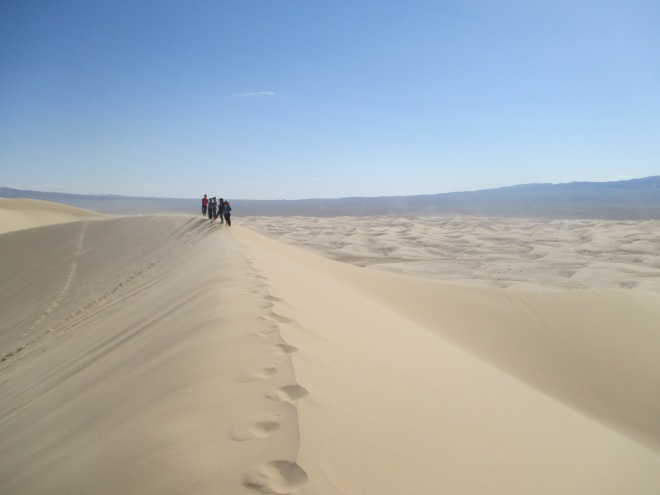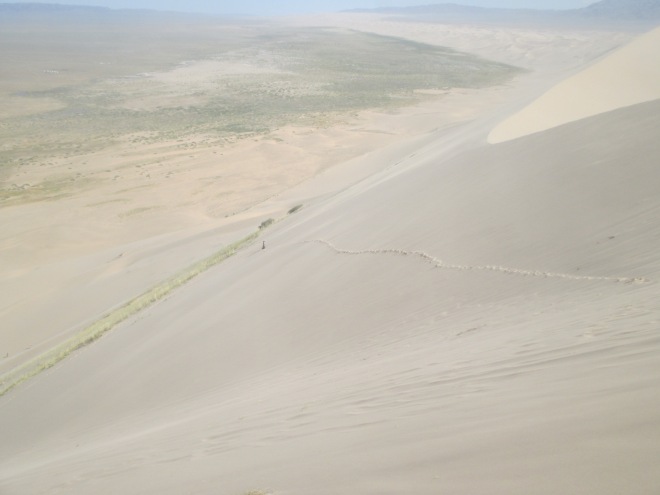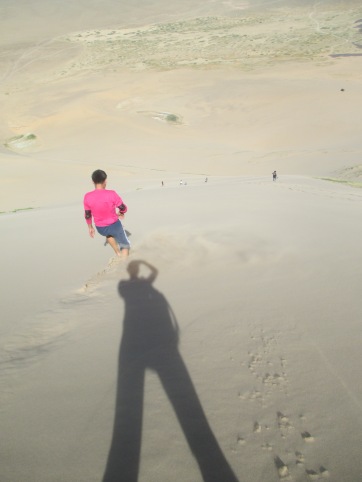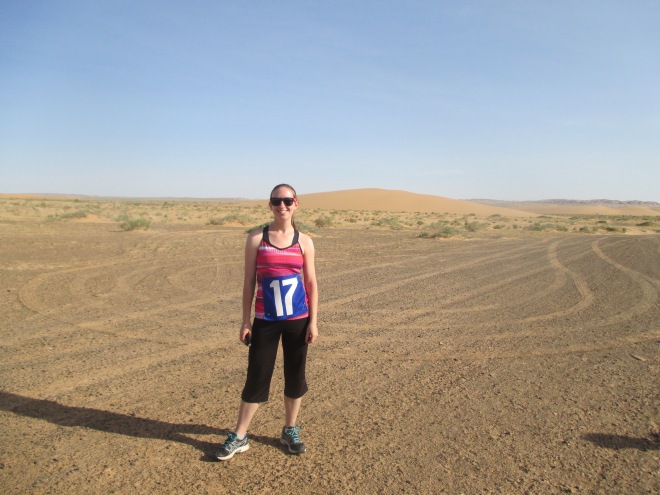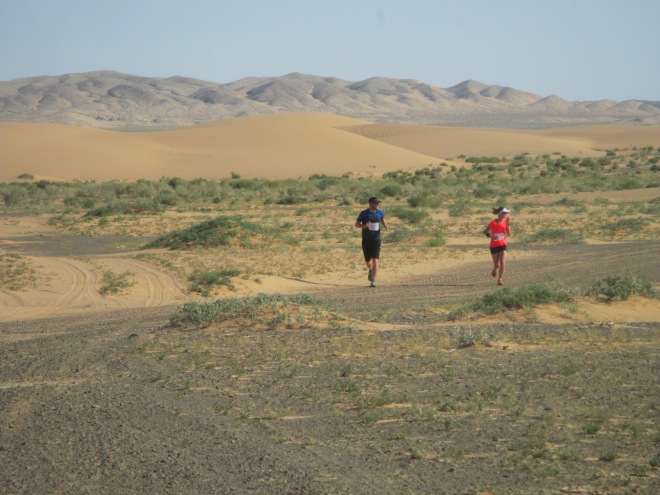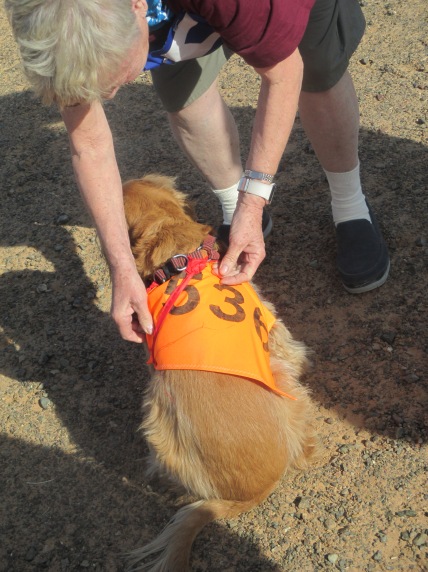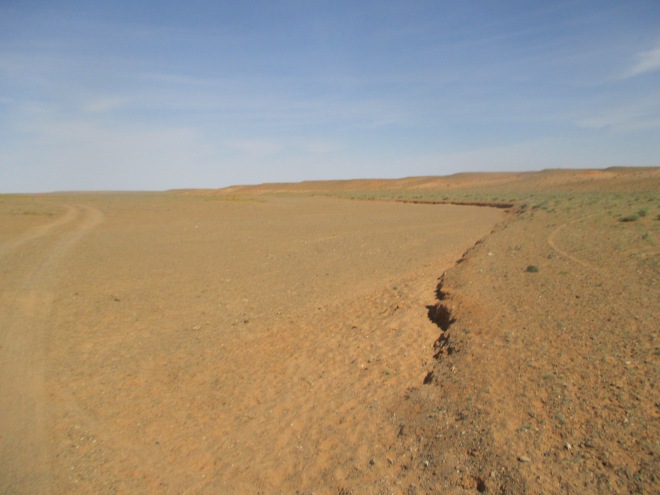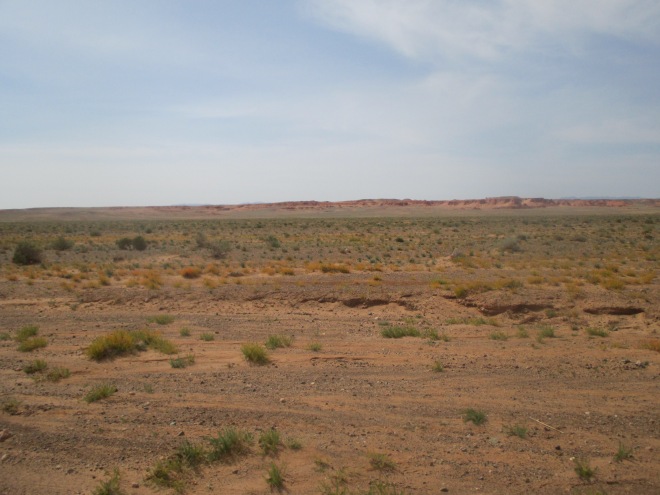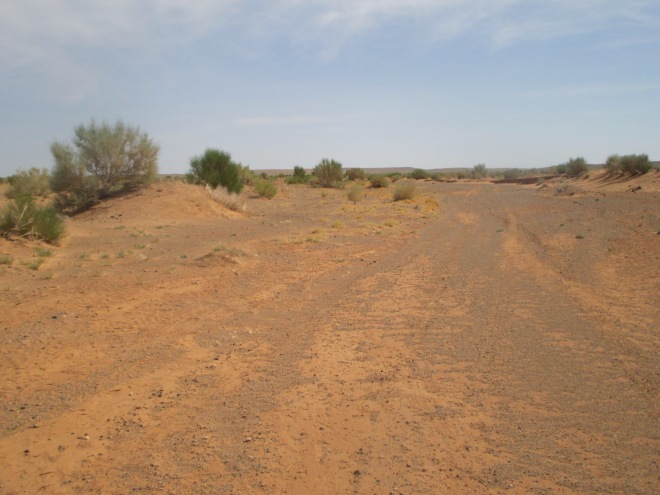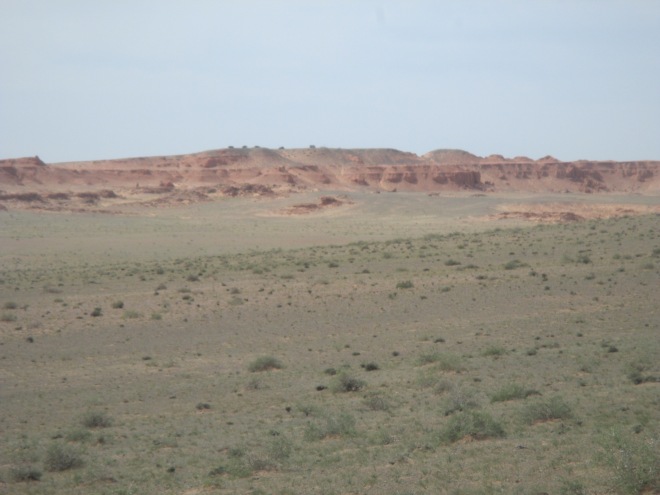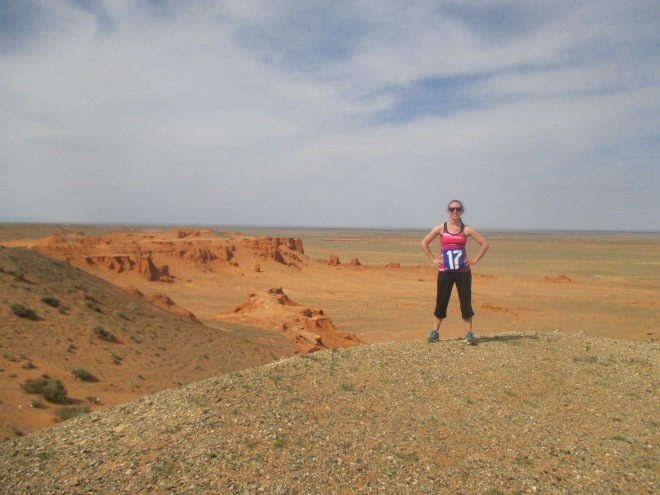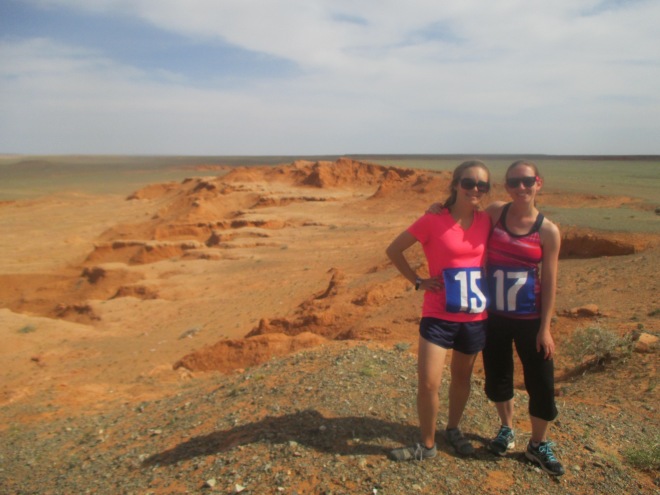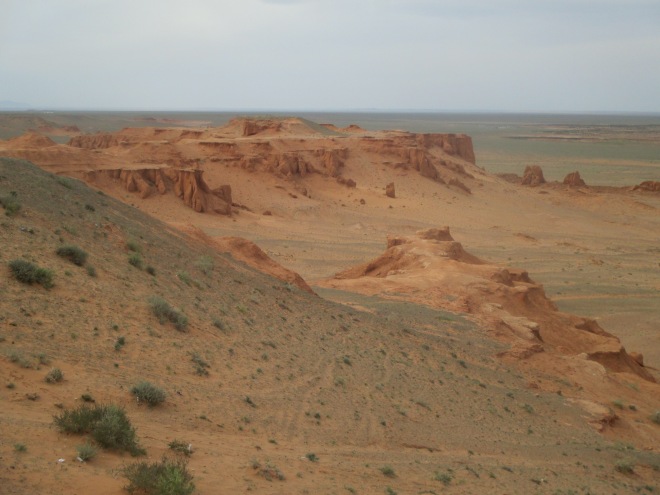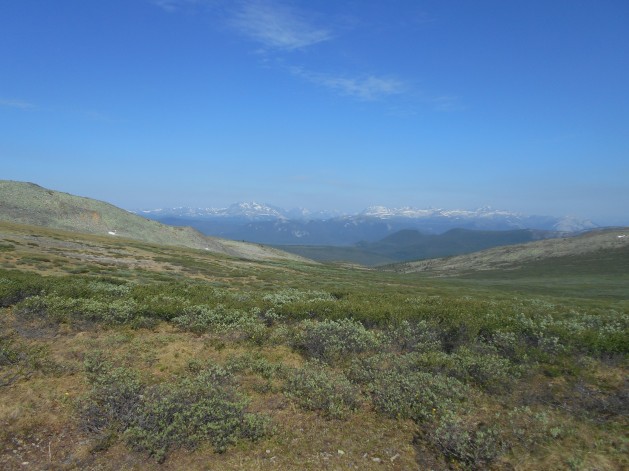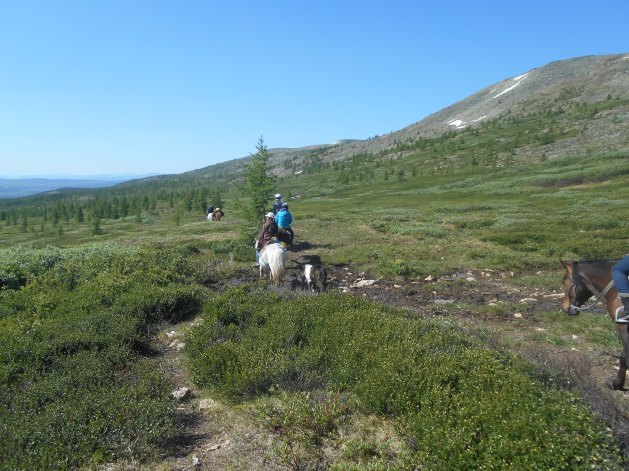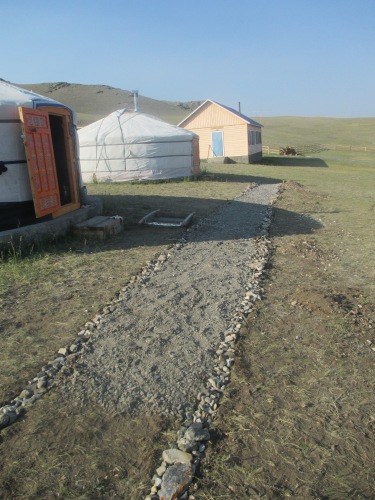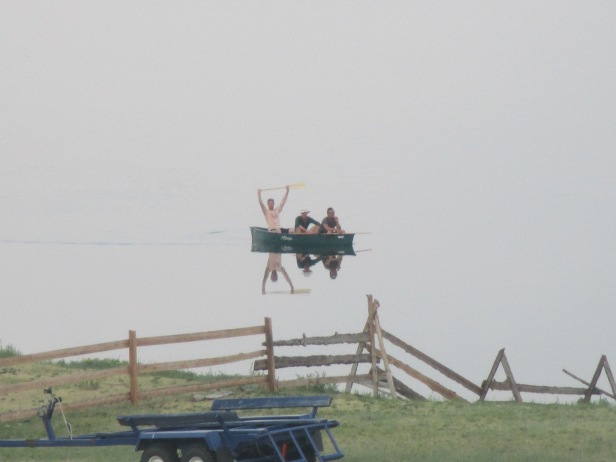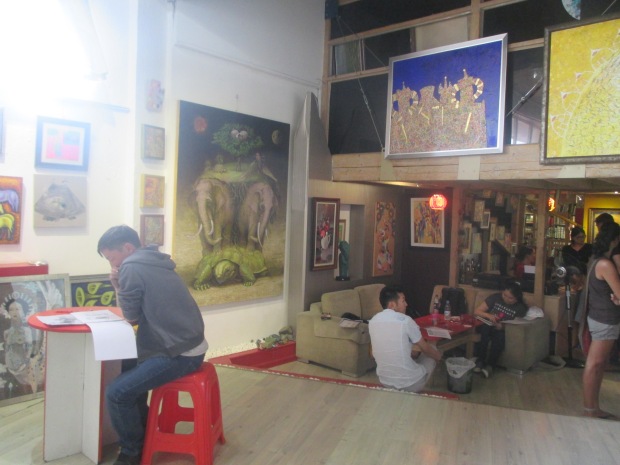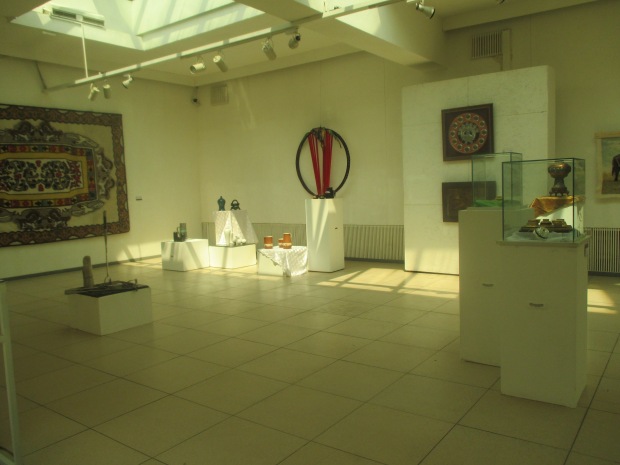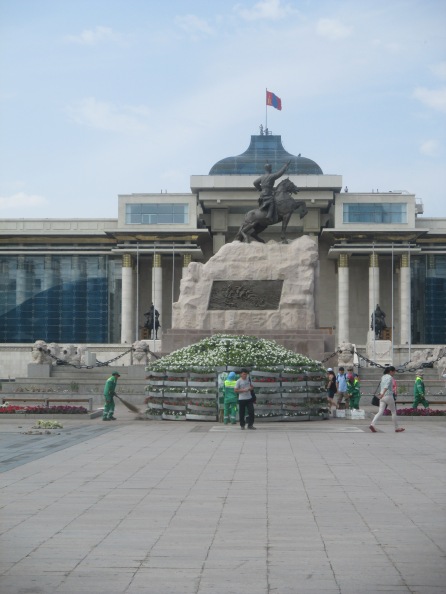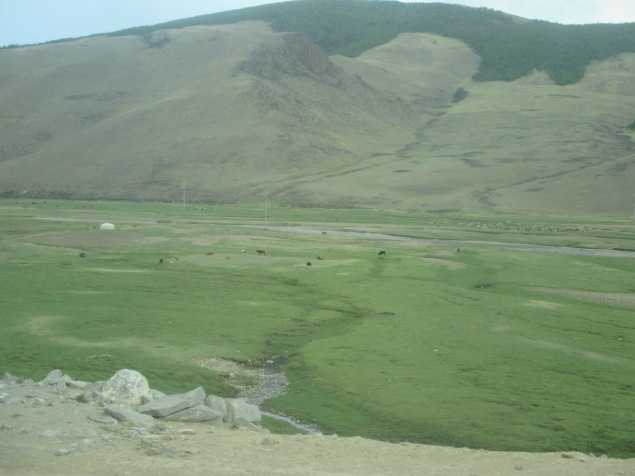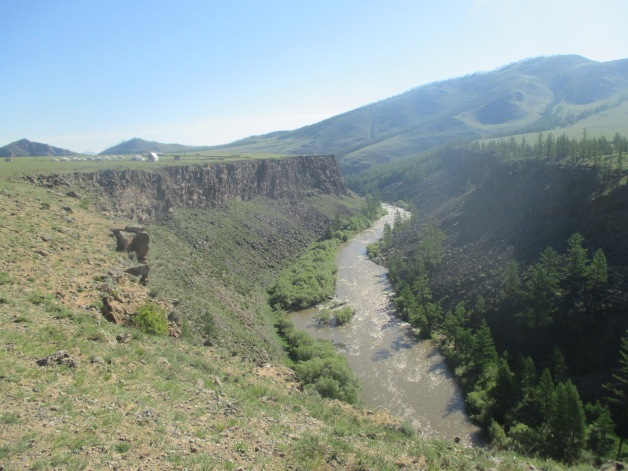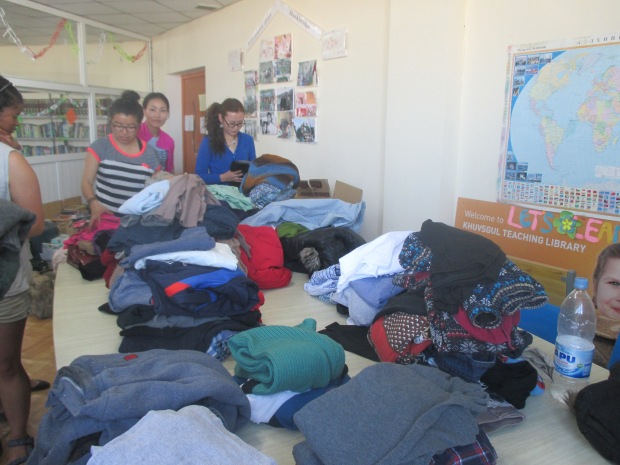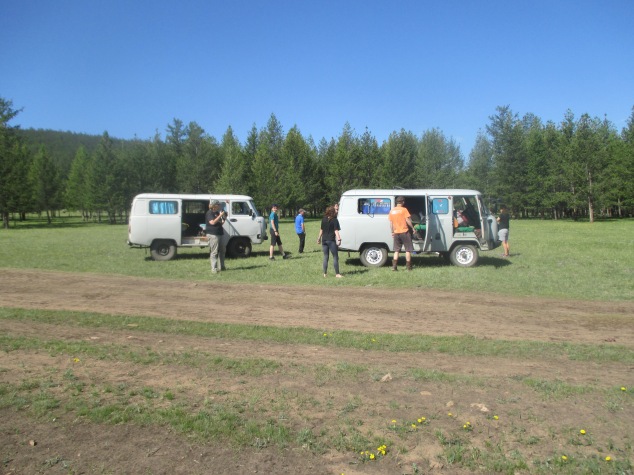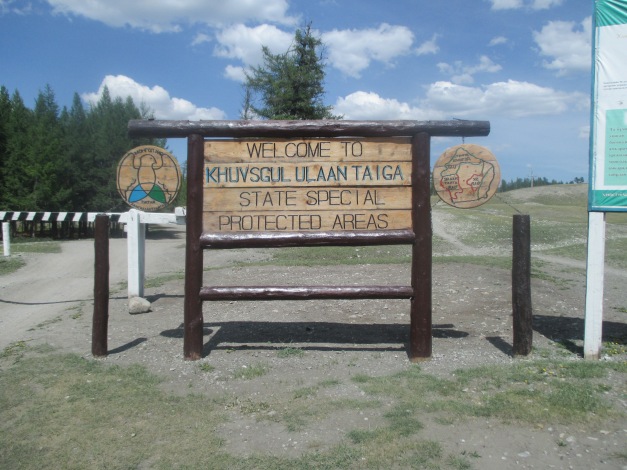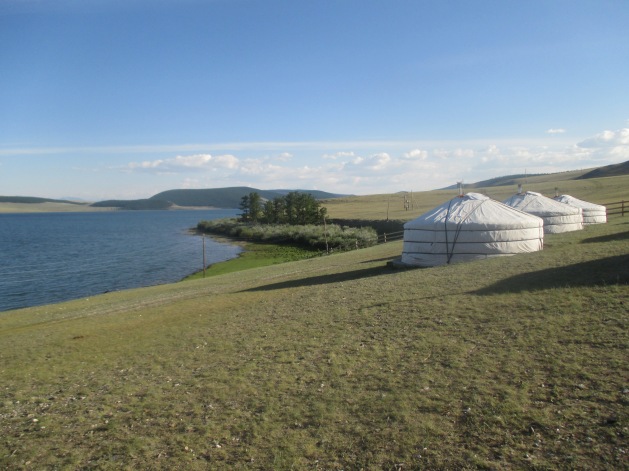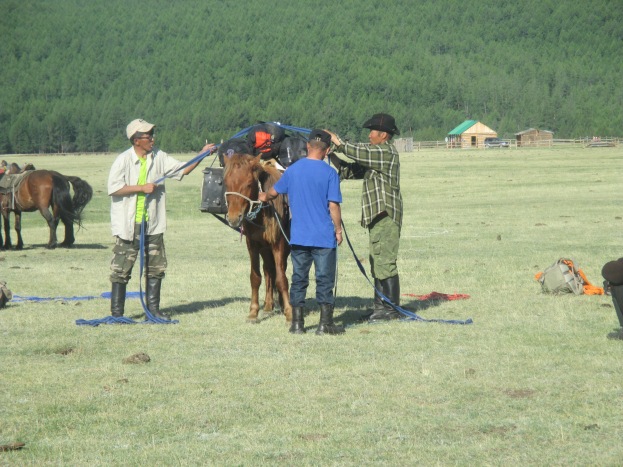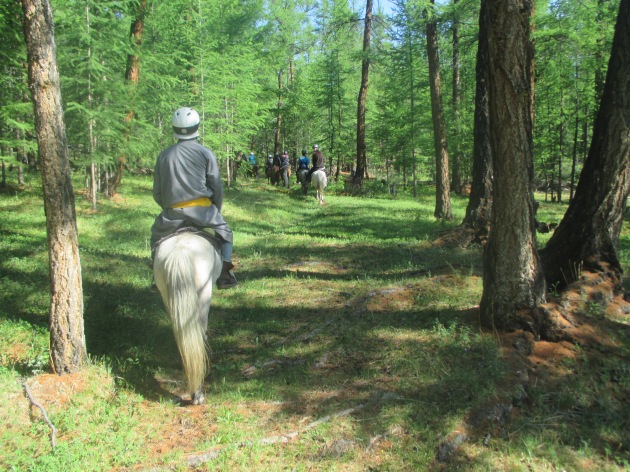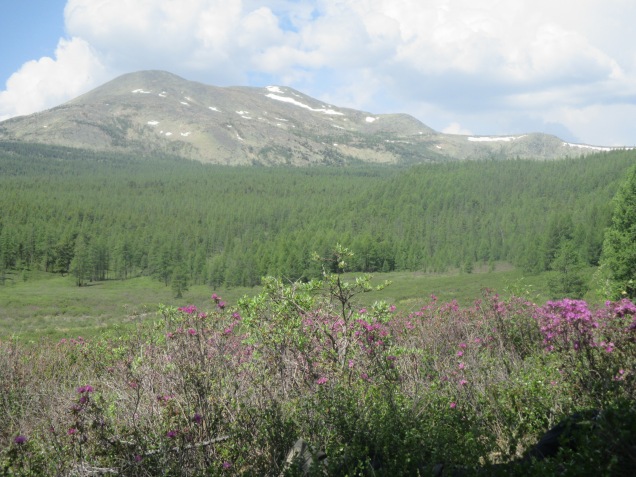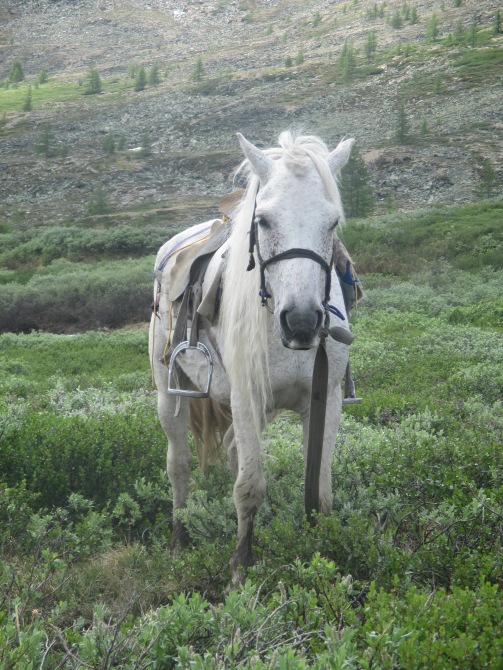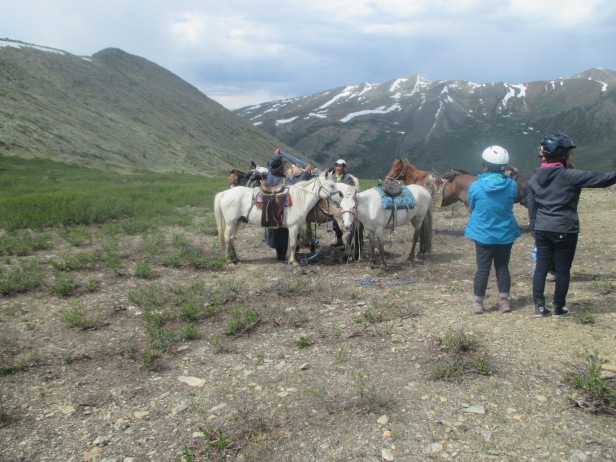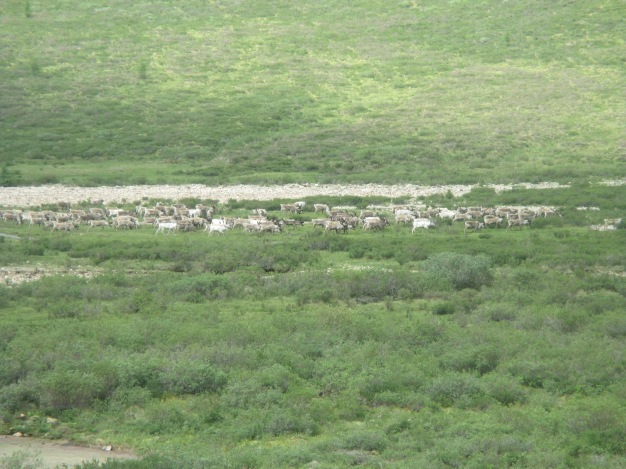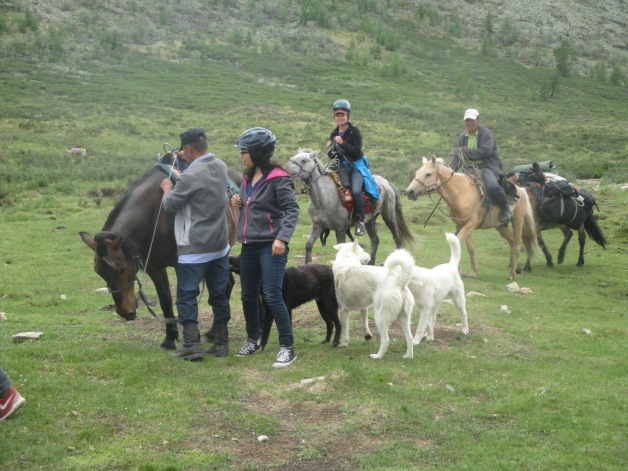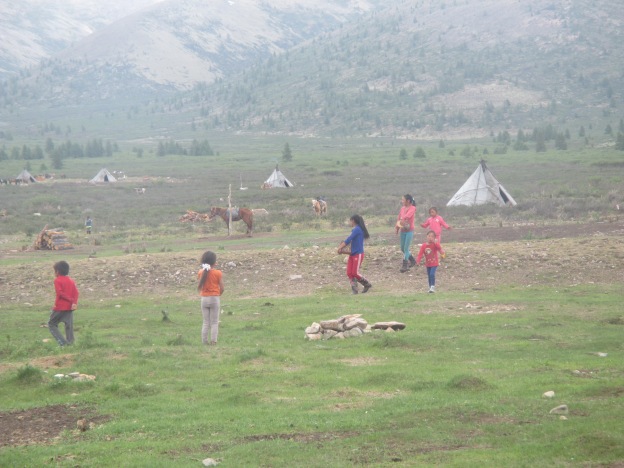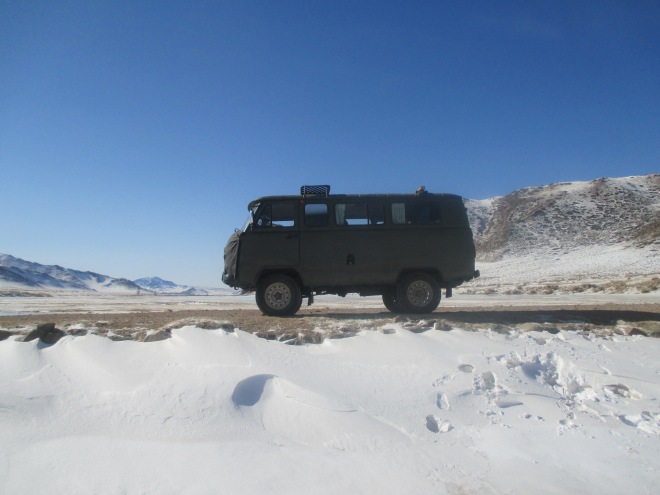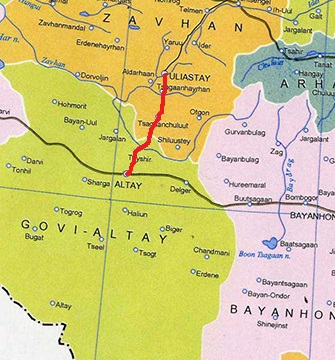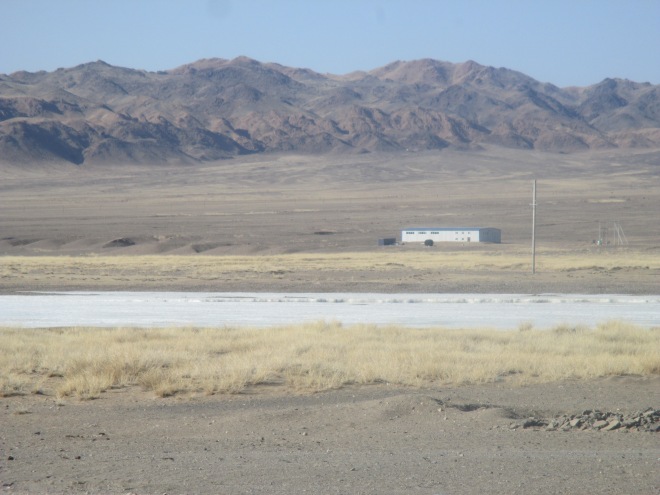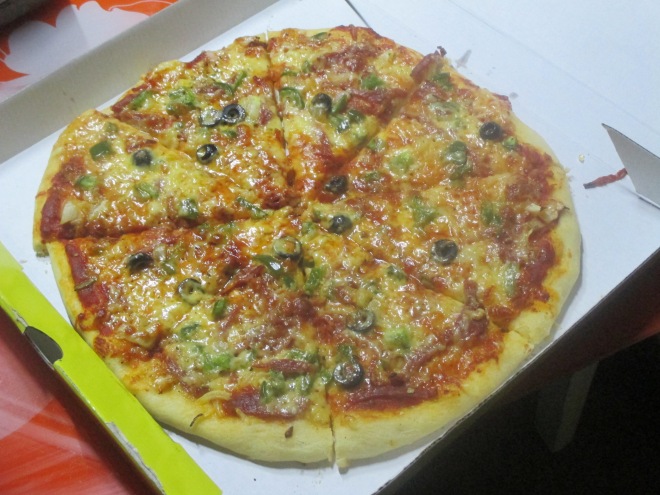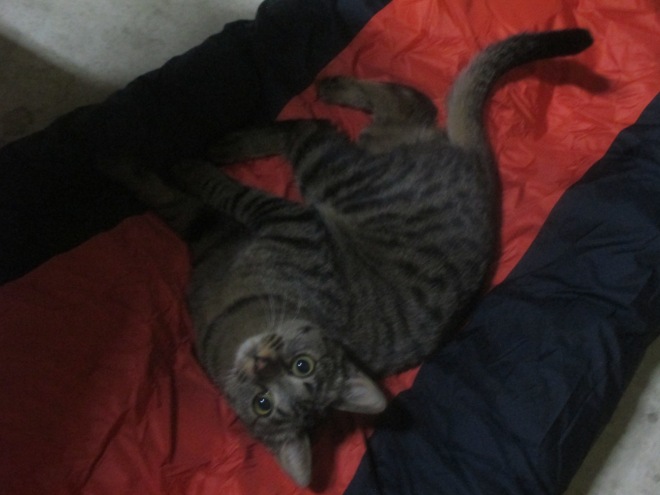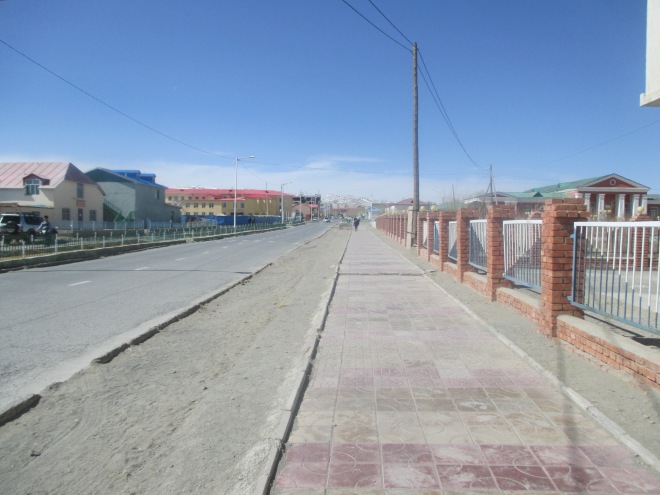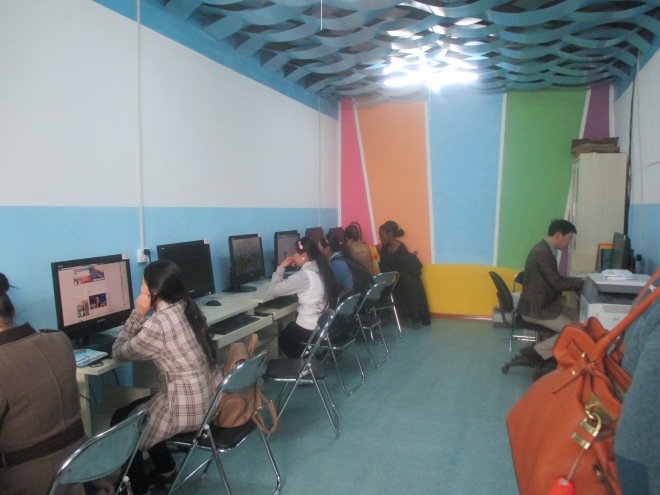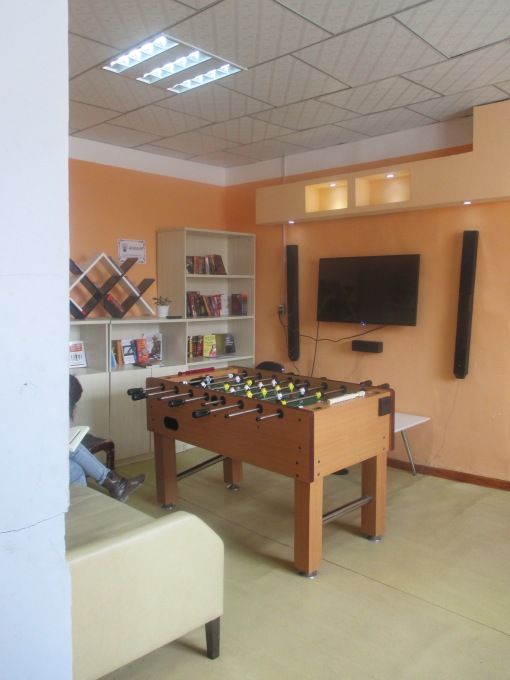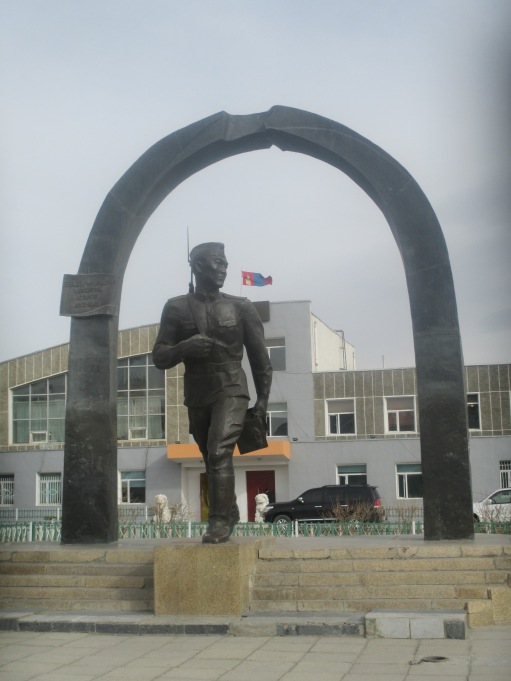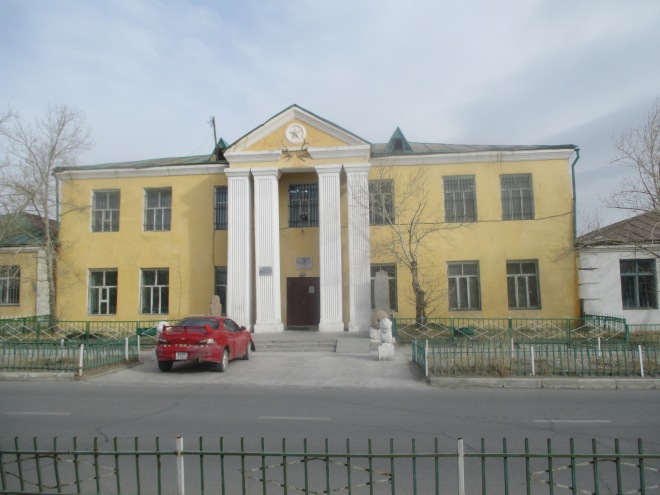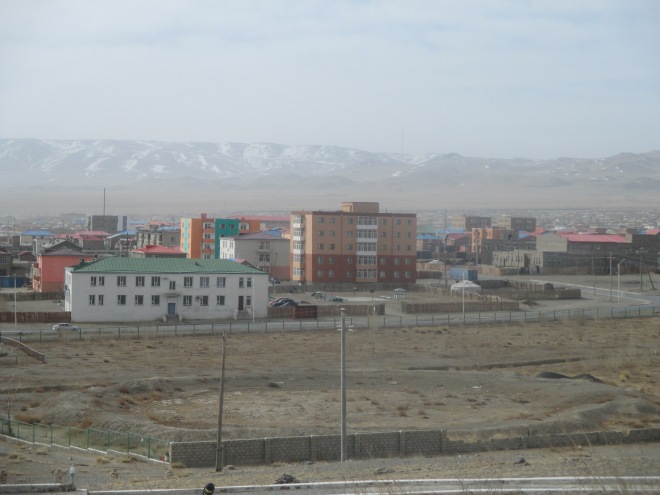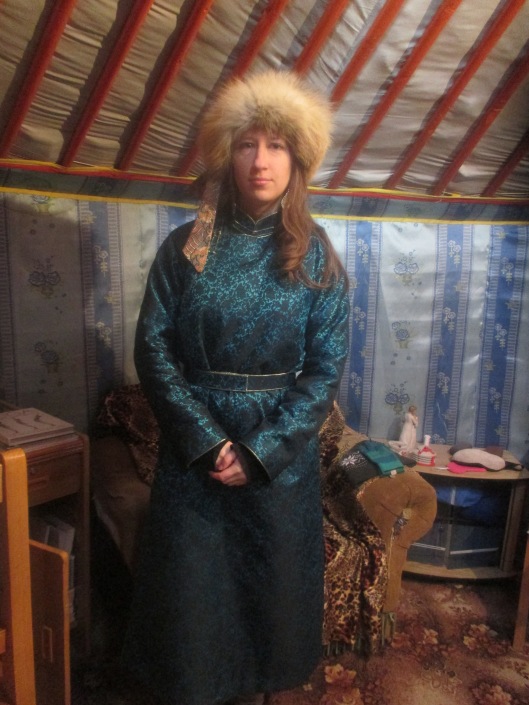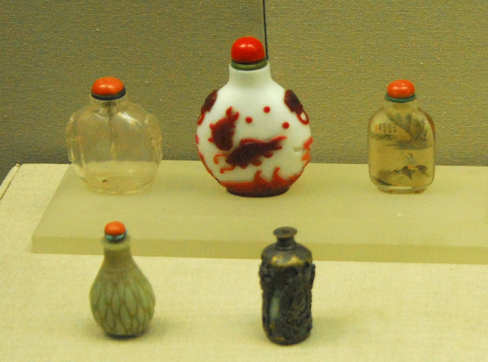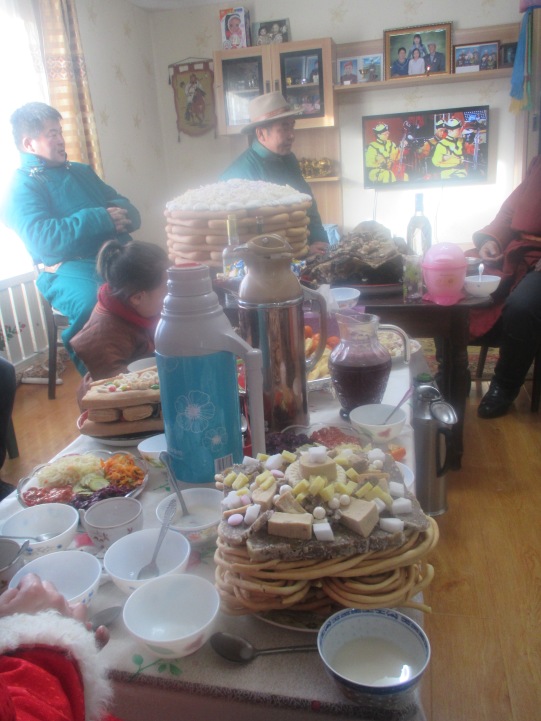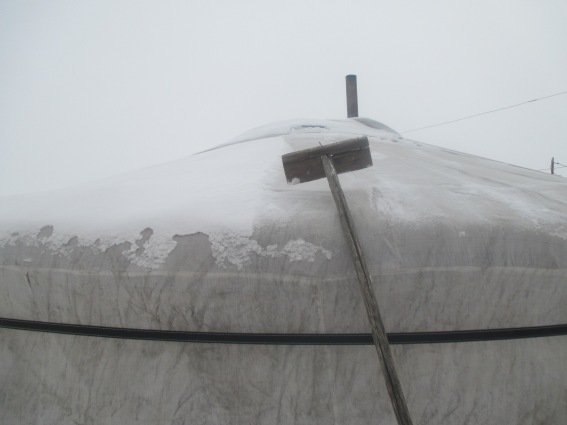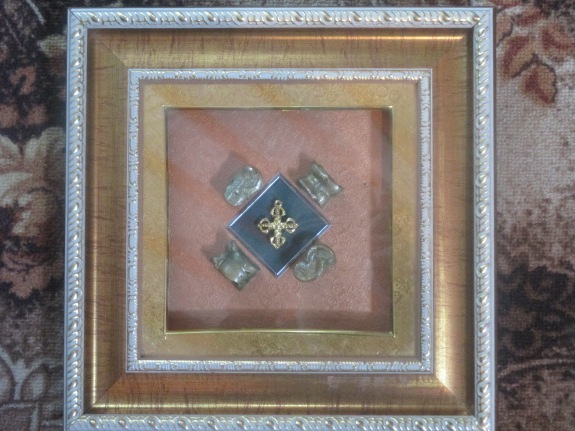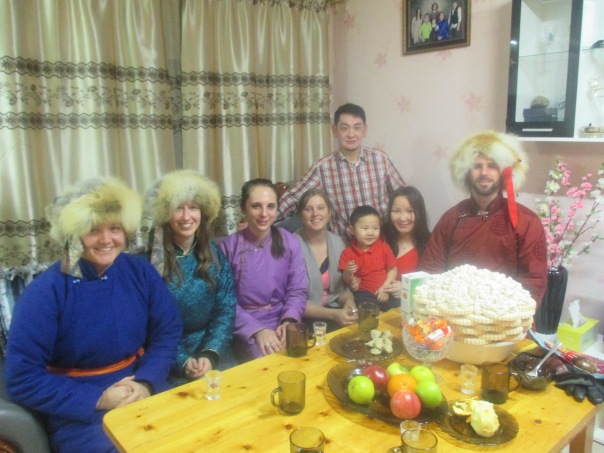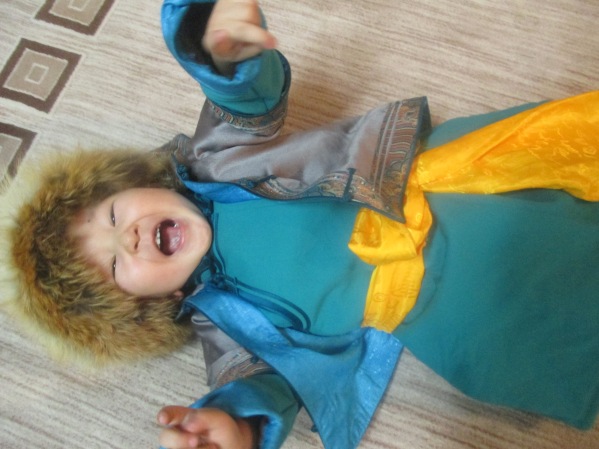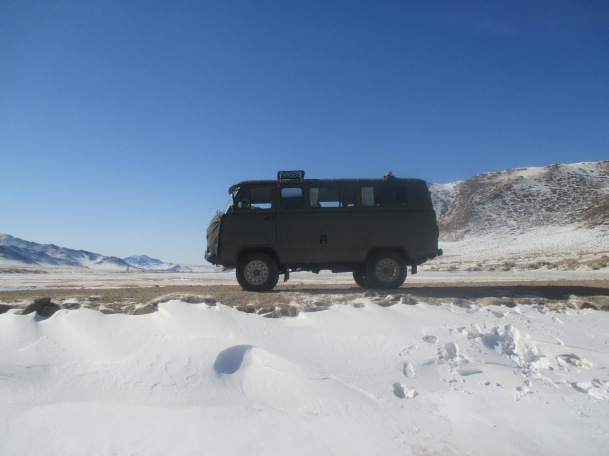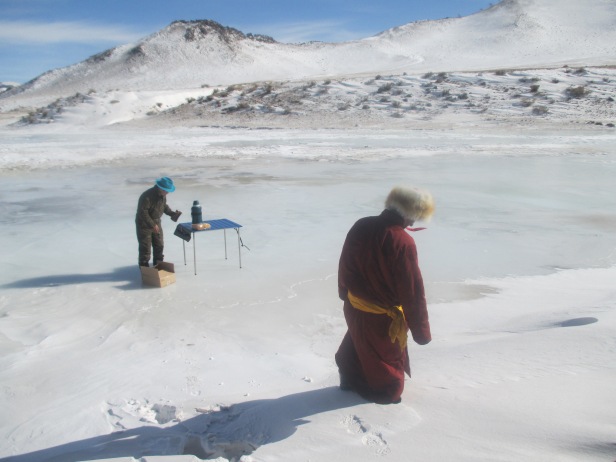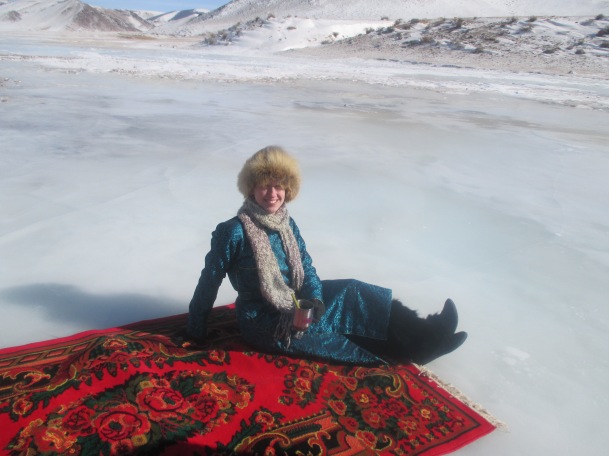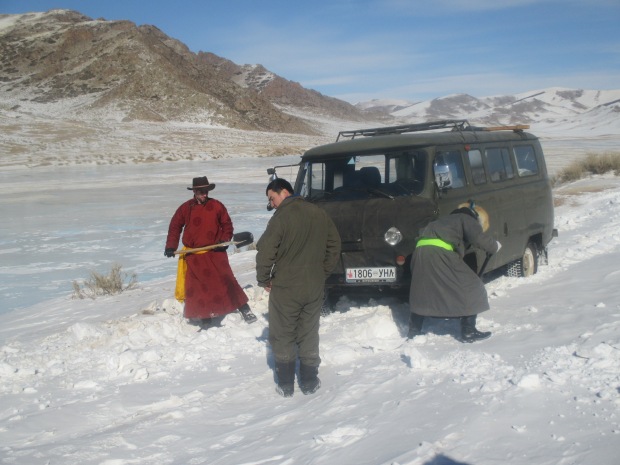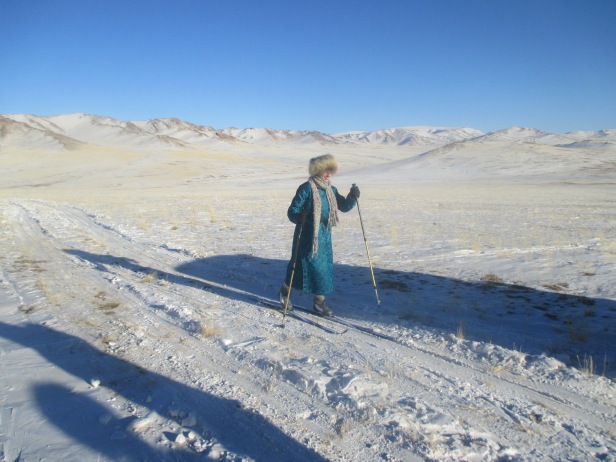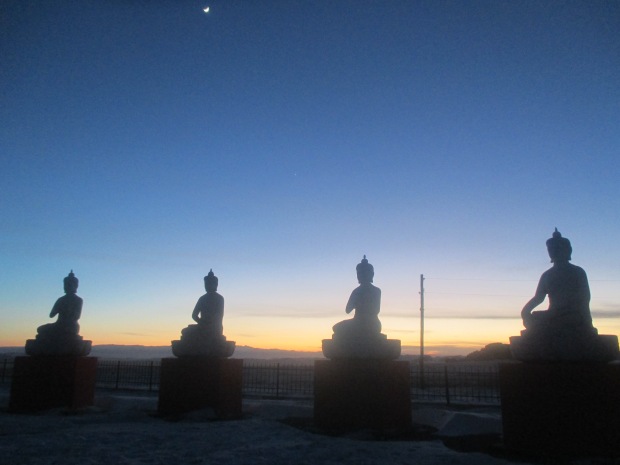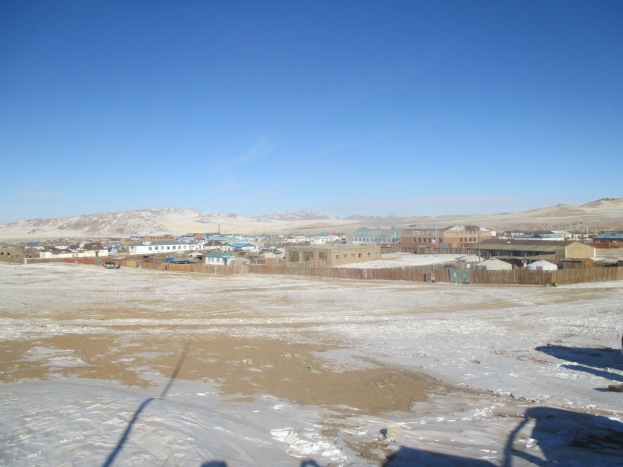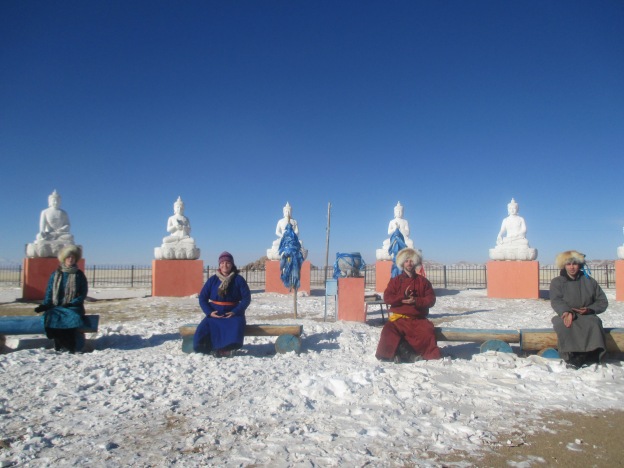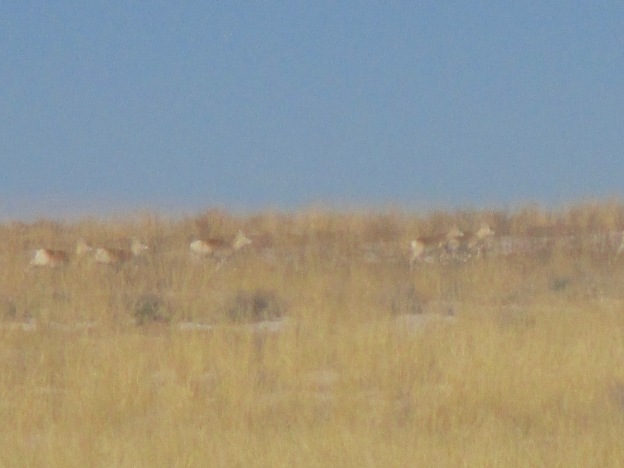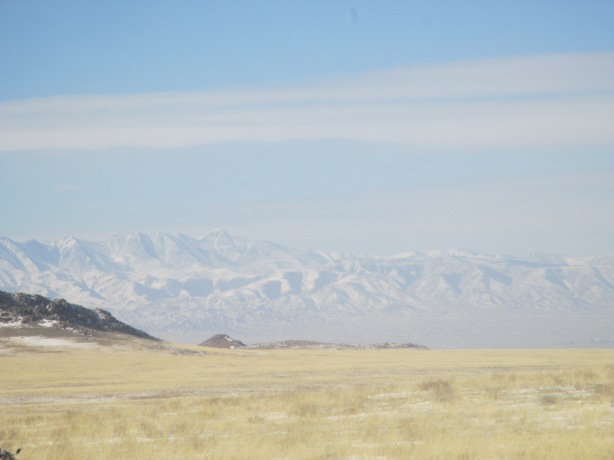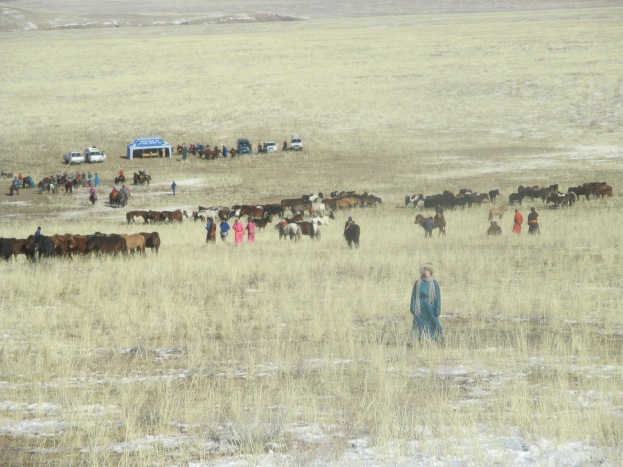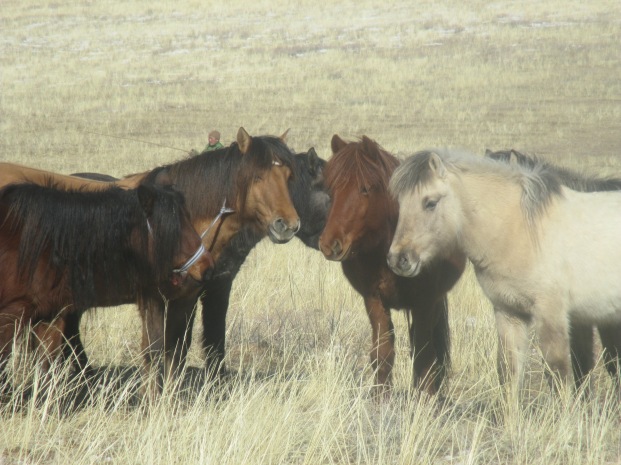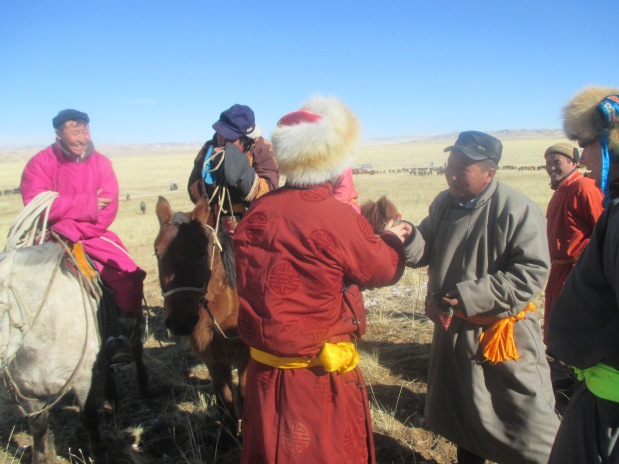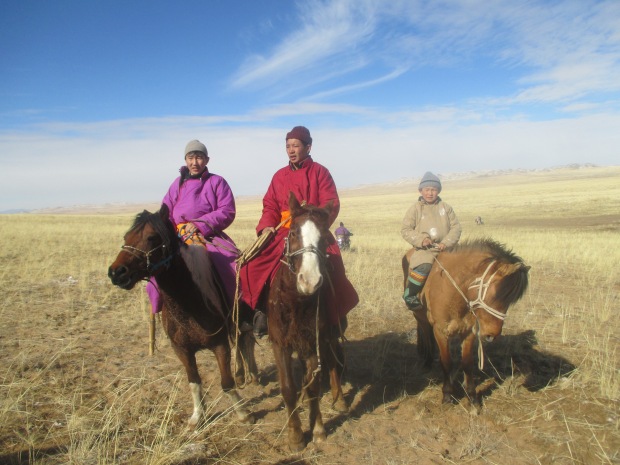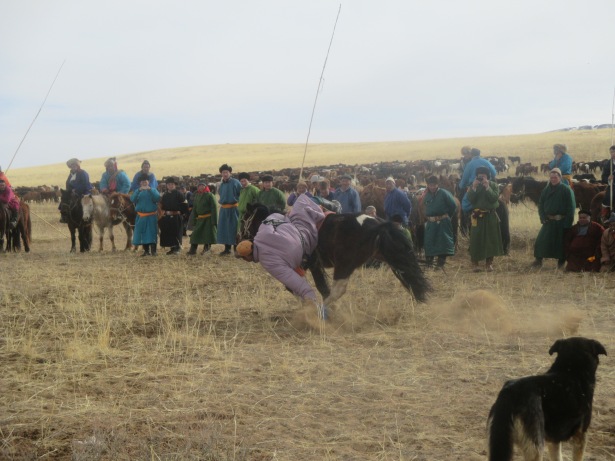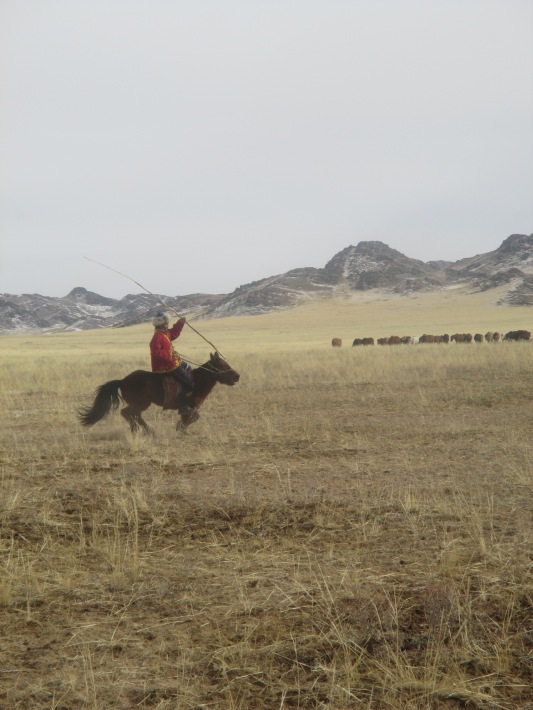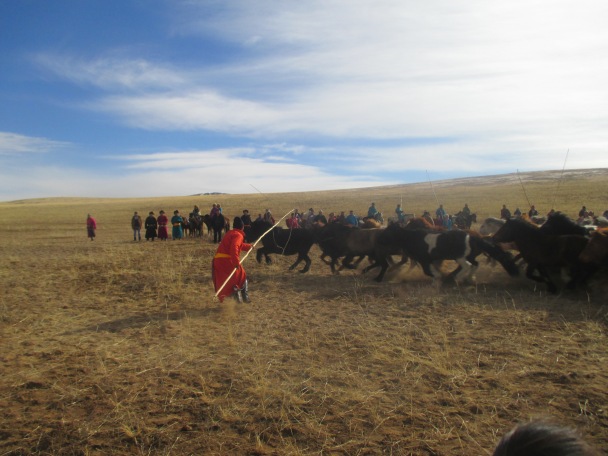I finally made it to the Gobi! And it’s all thanks to Peace Corps/Mongolia needing to review the Health and CYD programs here!
Let me back up.
We found out during MST that the Health and CYD sectors here in Mongolia are going to be under review for the next couple of years. Apparently this happens quite often in Peace Corps and is just a chance to determine whether the programs are actually doing what they’re meant to do and to restructure the sectors to make them better for PCVs and the HCAs they work with. The project review won’t affect Health and CYD Volunteers already in country (the M25s and M26s), but for the next 1-2 years, Peace Corps/Mongolia won’t be bringing in new Volunteers for those sectors while they work on revamping them (so the next 1 or 2 PSTs will be solely for TEFL Trainees).
Before we headed back to our sites at the end of MST, we were told that PC staff would be interviewing us current Health and CYD PCVs at some point in the future to get feedback about the sectors. Well, “some point in the future” ended up being less than 2 weeks after we got back to site. Lo and behold, all the Healthies and CYDers got an email from PC saying that we would need to come in to UB a couple weeks later for focus group interviews. Oh darn, looks like another free trip to UB…
So how does the Gobi factor into all this?
During MST, one of the PCVs who lives in Omnogovi aimag discussed his plan to arrange a tour of the Gobi Desert on the weekend of the annual Gobi Marathon. I listened to his plans and considered going, but given how expensive and time-consuming it would be to go from Zavkhan to UB, then UB to Omnogovi, stay the weekend, and then doing it again on the way back, I couldn’t really justify it. But then I got the email from PC about the project review focus groups! Which happened to be scheduled for the Tuesday right after the Gobi Marathon!
Even so, it wouldn’t have worked out had there been seats available on the flight from Zavkhan to UB for the Saturday before the focus group, which is when PC had planned to fly us in (that’s what happens when you wait until 10 days before a flight to try to book seats). Had we flown in on Saturday, I wouldn’t have made it to Omnogovi in time for the tour and marathon. But since there were no seats on the plane, we (that is, me and our M26 CYDer) would have to instead take the bus from Zavkhan to UB.
I’ve already told you about the bus ride from hell that was my first trip on the Zavkhan-UB bus, but since there were no other options, I decided to make the best of the situation by leaving site a few days early and spending a couple vacation days in the Gobi. I would have to pay for the round trip transportation from UB to Omnogovi, but Peace Corps was obviously footing the bill for the bus ride from Zavkhan to UB and the return flight to Zavkhan afterward. And since I had to be in UB anyway for the focus group, I only had to take 2 of my vacation days, as opposed to the 6 or so I would have had to take otherwise.
Anyway, my sitemate and I left at 9am on Thursday morning (new PCVs aren’t allowed to leave site for their first 3 months unless for official PC or medical business, so she obviously couldn’t come with me to the Gobi, but I convinced PC to let her take the earlier bus with me so that she wouldn’t have to take it alone later in the week). Miraculously, this trip to UB ended up only taking 23 hours! For comparison, the previously mentioned bus ride from hell took 35 hours, and even that return trip took 26. So this was a new record for me.
The bus from UB to Dalanzadgad (the capital of Omnogovi) left at 4pm on Friday, so I hung out at the PC office until then while my sitemate went off to the hostel. The second bus ride only took about 9 hours, because even though the physical distance from Dalanzadgad to UB is only a little less than the distance from Uliastai to UB, the entire road to Dalanzadgad is paved and the route doesn’t require going hours out of the way to get around mountain ranges.
So I arrived in Dalanzadgad a little after 1 in the morning, was picked up by the aforementioned resident M25, and was brought to his ger where the other Gobi adventurers were sleeping. I didn’t get much sleep though, because we were off at 7:30am for the start of our tour!
The 10 of us took a purgon ride out to Gobi Gurvan Saikhan National Park in the western part of the aimag, where we rode camels:
and climbed to the top of Khongoryn Els, aka the “Singing Sand Dunes:”
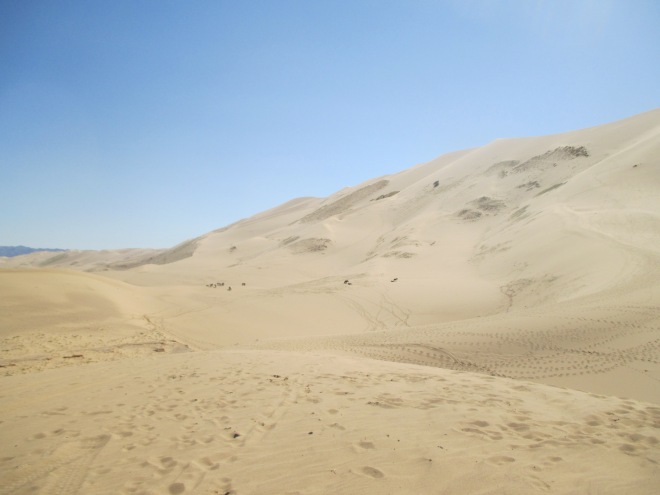
The pictures don’t capture just how tall the dunes are; just know that those dots in the center of the photo are horses
I don’t know how high the specific dune we climbed was, but the sand dunes of Khongoryn Els can get as tall as 300 meters (that’s almost 1,000 feet for my fellow metric-challenged Americans)!
It. Was. So. Freakin’. Exhausting! If you’ve ever walked on sand over even a slight incline, you know how exponentially more difficult it is than walking on dirt or pavement. Now imagine that, but climbing to a height almost as tall as the Eiffel Tower. Each step required so much effort, but if you stopped to rest for too long, the wind would bury your feet in even more sand, trapping you. But finally, slowly, we made it to the top!
Then we ran back down the dunes (sadly, we didn’t have anything to slide down on), which took all of 2 minutes compared to the hour or so it took us to climb up:
We piled back into the purgon, which took us to a ger camp close to where the Gobi Marathon would be taking place the next day. Luckily, the ger camp had showers, which we all took advantage of since we had sand just about everywhere on our bodies from the dunes.
We woke up super early (again) the next morning to get to the starting location for the Gobi Marathon. It’s hard to really give directions to a specific location in the middle of the desert, so we first went to where we knew the finish line would be: at the Flaming Cliffs, one of the main tourist destinations in Omnogovi and the site of the first dinosaur egg discovery (along with many other dinosaur fossils). Then we just followed the red ribbons that marked the marathon path backwards until we found the start.
Now, before you go thinking that I’m actually a real runner or anything, I must admit that I had no intentions of running the full marathon. Or the half. No, I was running the 16km. The shortest distance was the 10km, but since I had already run one of those before, I decided to up the ante. Never mind that I had gone running exactly twice since being in Mongolia and was hardly in my pre-Peace Corps running shape.
The Gobi Marathon isn’t exactly a huge event, though a group of Peace Corps Volunteers (and sometimes staff!) do go pretty much every year. It’s organized by a German dude who lives in and runs tours out of UB, and I got the sense that he has the marathon each year simply because he enjoys it (because I can’t imagine it makes him a lot of money). There were only 2 people running the full marathon:
A handful of people ran or walked the half marathon, including a couple elderly German women who walked with their dog:
There were only 2 of us running the 16km: myself and one of the other PCVs. And then another handful of people ran the 10km, including 2 other PCVs (the rest of the PCVs who came were there for encouragement and to help pass out the refreshments every 5km).
The other girl running the 16km was way ahead of me from the start, so I was literally running for 10 miles surrounded by this:
I managed to keep a steady jogging pace for the first 5km, but after that I had to alternate between jogging and walking for a bit. The last leg of the course was the toughest, requiring getting up a fairly steep hill and then a steady incline to the top of the Flaming Cliffs.
After nearly 2 hours, I finally made it to the finish line, where I was greeted by the PCV “support team” and plenty of refreshments. Now I can officially say I came in second place in a 16km race (because is it really that important to mention that there were only 2 people in the race?).
When the girls running the 10km finished up, we all took plenty of photos of the beautiful scenery:
And after ensuring that the half-marathon walkers (including the dog!) made it back safely…
…we piled into the purgon for the ride back to Dalanzadgad. The eventful, exhausting, amazing Gobi weekend came to a close, and I went back up to UB for the project review focus groups.
I won’t bore you with the details of that, but there were focus groups for the M25 Health PCVs, the M25 CYD PCVs, and the M26 Health and CYD groups. Peace Corps had also asked a small group of M25 TEFL PCVs to come in. The focus groups were facilitated by experts from the PC headquarters in Washington, D.C. and Health/CYD Program Managers from other PC countries in the Eastern Europe/Mediterranean/Asia region. We were asked questions like “what is working well for you professionally/culturally,” “what isn’t working well,” “what suggestions do you have to make the program better,” etc.
Our focus group took just 2 hours (though we definitely could have kept the discussion going for a lot longer), and since PC did manage to get us seats on the flight back to Zavkhan (which happens to not be until Saturday), my sitemate and I got a few extra days to hang out in UB. For those counting, that’s 10 days away from site for a 2-hour interview. Such is life in Peace Corps/Mongolia.

